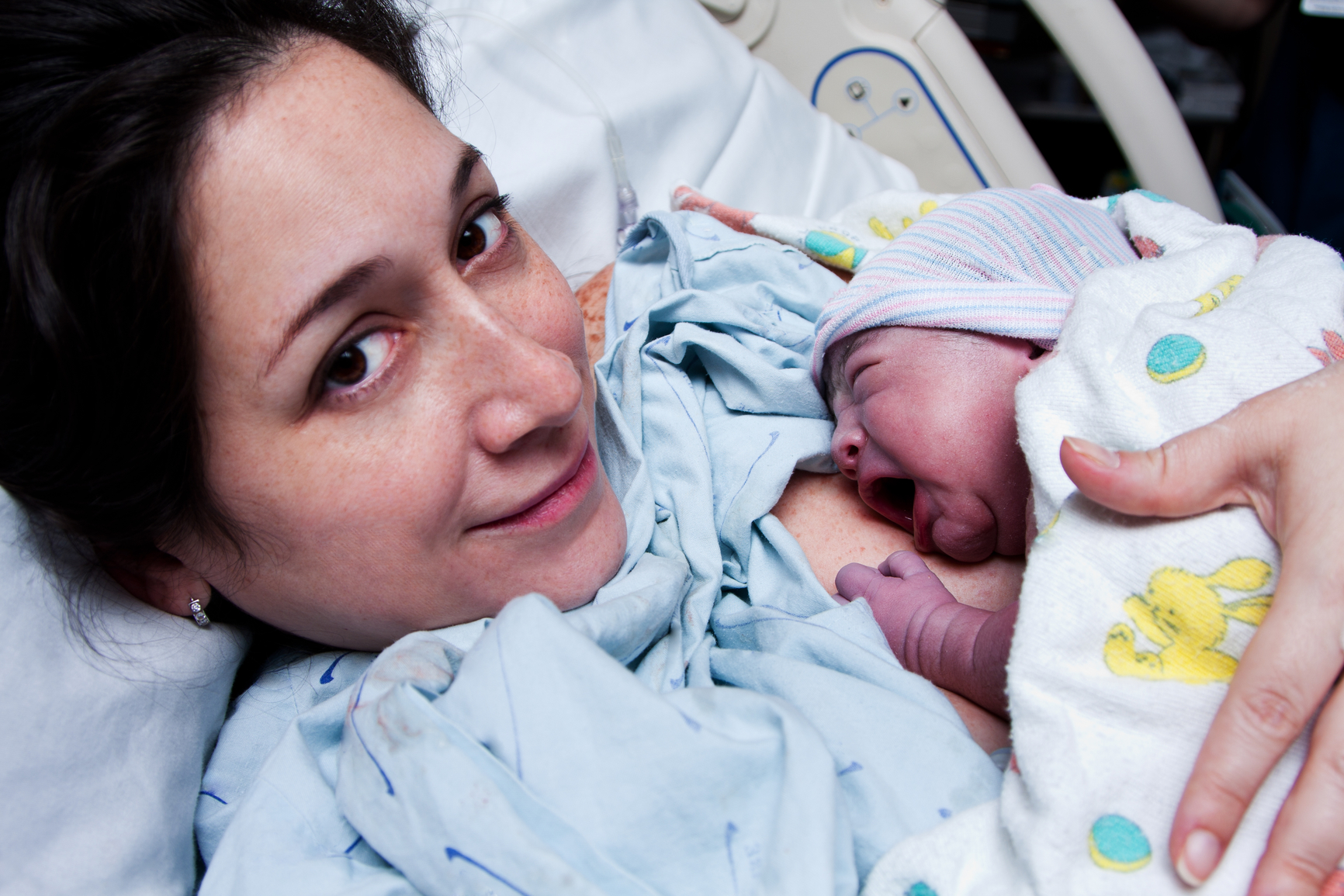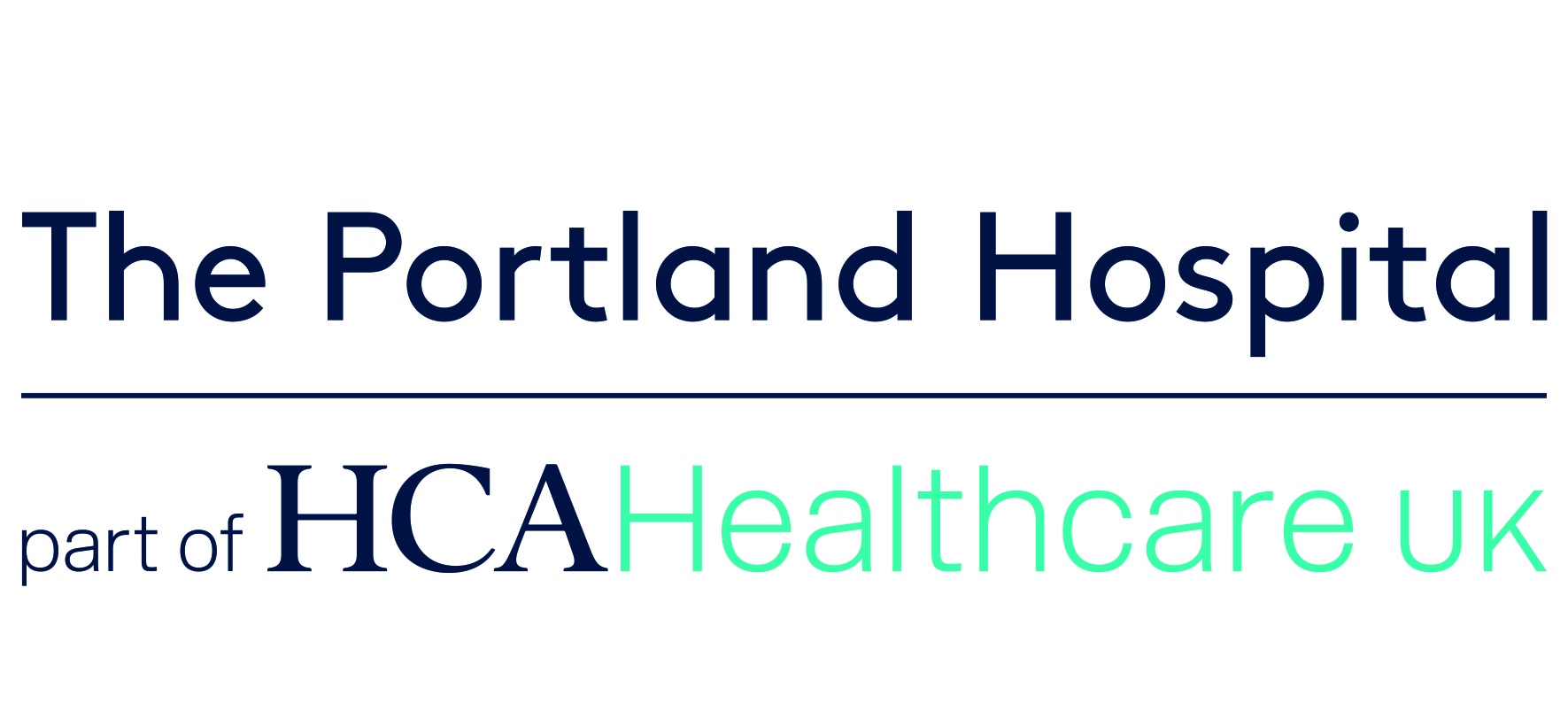
Preparing for labour and birth
Preparation is the key to success for any new venture in life and labour and birth is no different. One of the biggest concerns women have is the ‘fear’ associated with labour and birth.
Antenatal Classes
The best way to overcome these fears is to attend The Portland Hospital’s range of Antenatal Classes. The aim of the classes and active birth workshops is to help you and your birth partner(s) understand labour and birth and develop coping strategies to help you have a positive experience.
It is important to remember that ‘pain’ associated with labour does not mean that anything is going wrong. Pain is a normal part of labour and actually means that your labour is progressing; it is recognised that when a woman has a lot of fear she may tense up and increase her level of discomfort. The Antenatal Classes can help you immensely in managing your fears before you actually go into labour.
First time mothers generally spend the early part of their labour at home, thus self help/natural methods of coping with the discomfort should be started there and can then also be continued in hospital.
Natural methods
There are many ways of reducing the level of pain and discomfort during labour without the use of medication.
1. Staying upright and active during labour and birth
Instinctively a woman in labour wants to adopt upright and mobile positions, as she is more comfortable like this.
The benefits are:
2. Breathing techniques for labour and Birth
Breathing techniques can act as a diversion from the intensity of your contractions. The techniques are ideally used in conjunction with relaxation techniques as the first line in pain relief. You can learn these specialised breathing and relaxation techniques at our Antenatal Classes.
3. Massage for Labour
Massage is very comforting for women in labour and is most effective when performed by your birth partner(s). Practice makes perfect and you can learn labour massage techniques at your Antenatal Classes.
4. Hypnobirthing
Using self hypnosis in labour is increasingly popular. Women who decide to use hypnosis to help them cope in labour usually start practicing during the pregnancy. The Portland Hospital offers Hypnobirthing Classes with our specially trained midwives.
5. Transcutaneous Electrical Nerve Stimulation (TENS)
TENS should be commenced at home at the beginning of labour for it to be most effective, as the effect is accumulative. It works by sending gentle electrical currents from a small battery powered device through four flat plasters placed on your back. This creates a tingling feeling which you can control the strength of, and boost during a contraction. It has no harmful effects on either you or your baby. TENS works by helping to release your body’s own painkillers (endorphins) and the effect increases the longer you use it. TENS units should be hired or purchased before going into labour. More information is available from the booking clinic midwives and at our Antenatal Classes.
6. Using Water for Labour and Birth
The Portland Hospital offers the opportunity to labour and/or birth in our specially designed birthing pool. The warm sensations of the water on your skin will help you cope better during contractions. The buoyancy of the water helps you maintain upright yet relaxed positions and you generally labour faster in the pool as a result. This helps enormously to make you more comfortable in upright positions. The relaxing effect of the water stimulates your body to produce endorphins, or your body’s own natural painkiller.
Pharmacological pain relief
These forms of pain relief involve the use of medication.
Entonox
Entonox is a gas made up of 50% nitrous oxide and 50% oxygen which is sometimes known as gas and air. You breathe this through a mask or mouthpiece and it can be used at any time during labour. It is simple and quick to act, and wears off once you stop using Entonox, usually within minutes. It does not harm your baby and it gives you extra oxygen, which can be good for you and your baby.
You control the amount of Entonox you use, but to get the best effect, timing is important. You should start breathing Entonox as soon as you feel a contraction coming on, so you get the full effect when the contraction is at its peak.
In line with standard midwifery practice at The Portland Hospital, Entonox can be offered as a pain relief option whilst using the pool. Your midwife will be able to discuss this with you further.
You can also combine Entonox with a TENS unit for even more effective pain relief.
Pain relieving injections
This form of pain relief is most suited for women having their first baby or a longer labour.
These are known as opioids and include painkillers such as Diamorphine, Pethidine and Morphine. These start taking effect after about half an hour and last up to 4 hours. Some women say that this type of medication makes them feel more relaxed and it is possible to fall asleep for brief periods.
These pain medications are known to cause some side effects. Therefore the doses that we use are quite small. They may make you feel sick, but you are usually given an antisickness medication to prevent this.
They may make your baby a bit sleepy and occasionally slow to feed.
Epidural analgesia
The most effective form of pain relief in labour is an epidural. This is a form of pain relief performed by an anaesthetist. Using local anaesthetic, the nerves to the womb and birth canal are numbed by giving an injection in the lower back.
Having an epidural may have an effect on your progress in labour. At The Portland Hospital we offer mobile epidurals. This can provide excellent pain relief while allowing you to keep some feeling in your legs. This means you may be able to move around in labour. Before you can get out of bed and walk with your epidural in place, the midwife will need to ensure that you have enough feeling and strength in your legs. Once the epidural is inserted you will be asked not to eat, but you may continue to drink clear fluids.
The epidural procedure
All patients receiving epidurals require an intravenous line (drip) in the arm or hand before the epidural is performed. This intravenous line is removed after delivery once the effects of the epidural has worn off.
The epidural space is located using a special needle which is passed between the bones of the spine, about 6 inches above the tail bone or coccyx. The midwife will help you get into the best position either lying on your side or sitting, for the few minutes it takes to insert the epidural. The anaesthetist will clean the area with an antiseptic solution, and then give you a small numbing injection. Once this has started working the needle will be introduced into the epidural space. A thin flexible tube (epidural catheter) is passed through the needle, and then the needle is removed.
Local anaesthetic drugs are then injected through the tube to relieve labour pain. The epidural catheter is secured with tape. At this time nothing hard or sharp remains in your back. It takes between 5 and 30 minutes for the epidural to work. During this early stage you will feel warmth and tingling in the legs, followed by pain relief. The initial dose given may last up to two hours.
To prevent the pain from returning, midwives can give you extra doses of medication through the epidural catheter. When it is time to push with contractions the dose of medication may be reduced to allow return of some feeling.
Although a minimal amount of medication is used to help relieve the pain, some women may notice that their legs have become heavy. The midwife will test your leg function to make sure it is safe for you to walk around.
Side effects and complications
Epidural analgesia is generally safe for both mother and baby, but there is a small risk of complications, even when the best technique is followed. We will continue to monitor you and your baby carefully and take precautions to prevent problems.
Because blood pressure can decrease following an epidural, we place an IV (drip) and administer fluids beforehand.
Although uncommon, a headache occasionally (about 1 in 100 times) follows a regional block. If the discomfort does not resolve with rest or pain medicines, additional treatment can be given.
Occasionally, the epidural needle or catheter enters an epidural vein. If this occurs, the epidural needle or catheter is repositioned to ensure that the medication is placed where it can provide effective pain relief.
Serious adverse reactions to drugs entering a vein or the spinal fluid are very rare because such low doses of medications are used. When larger doses of medications are given, such as for caesarean section anaesthesia, we usually give a small ‘test dose’ first to make sure the medication is in the right place.
For a list of useful contact details for The Portland Hospital, please click HERE.
